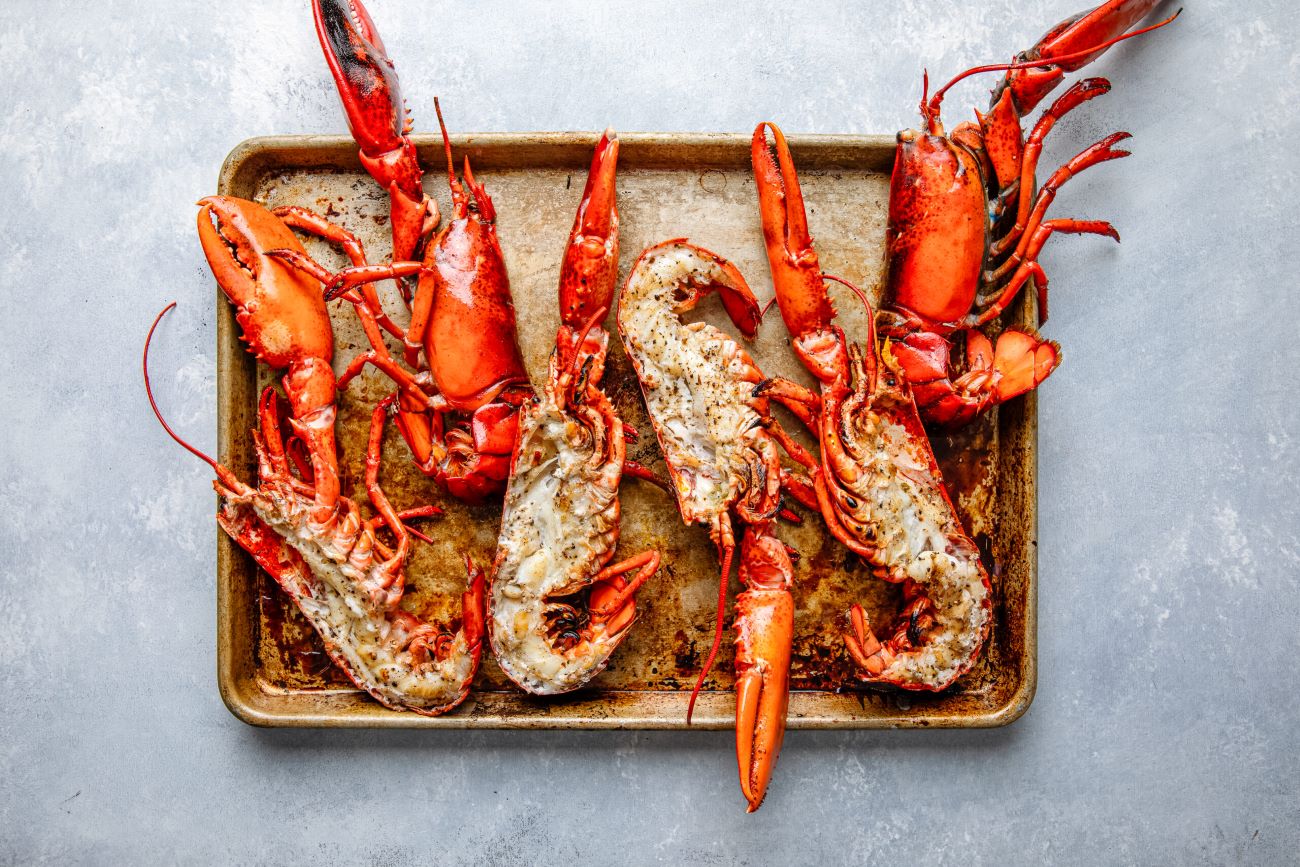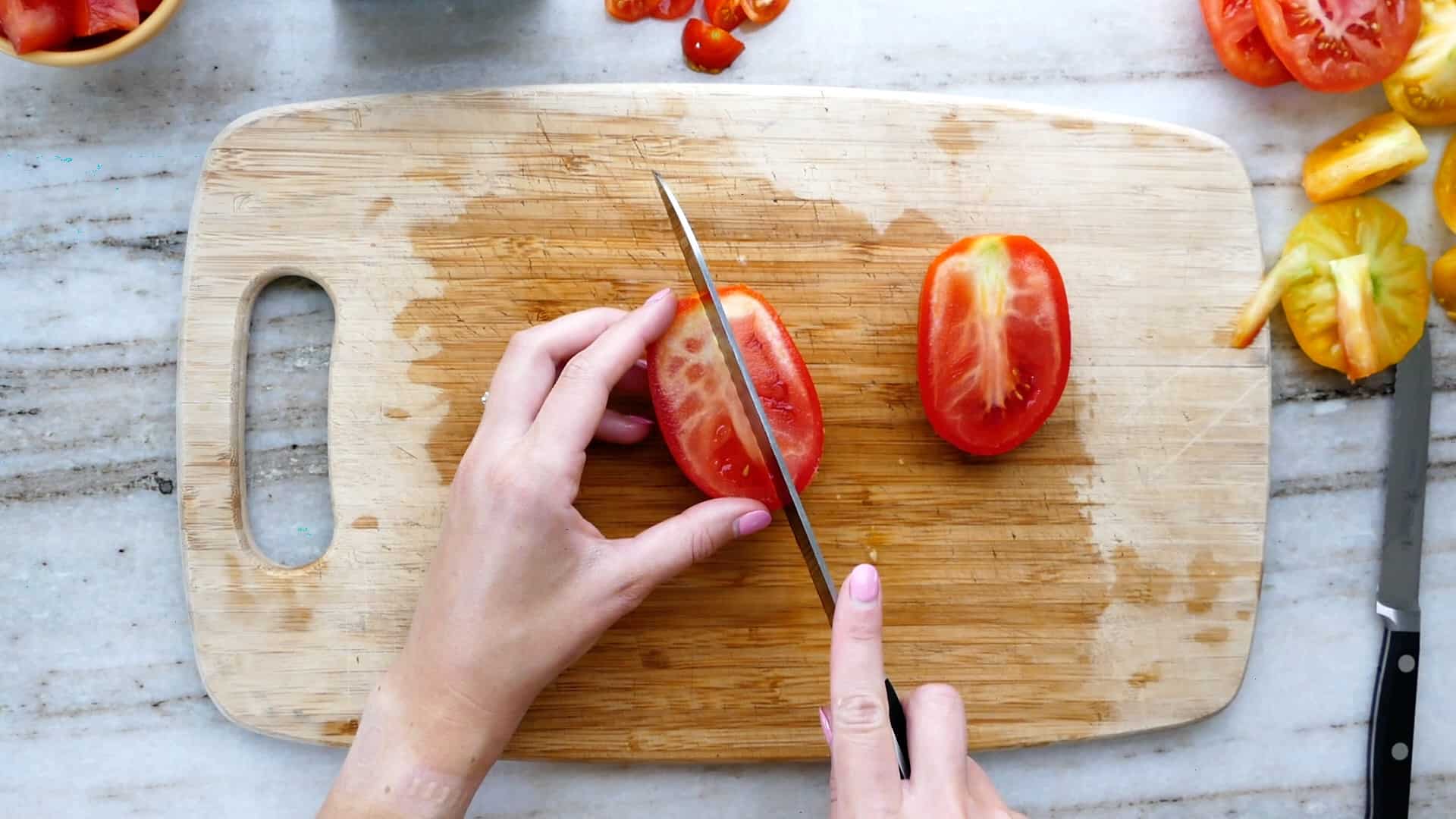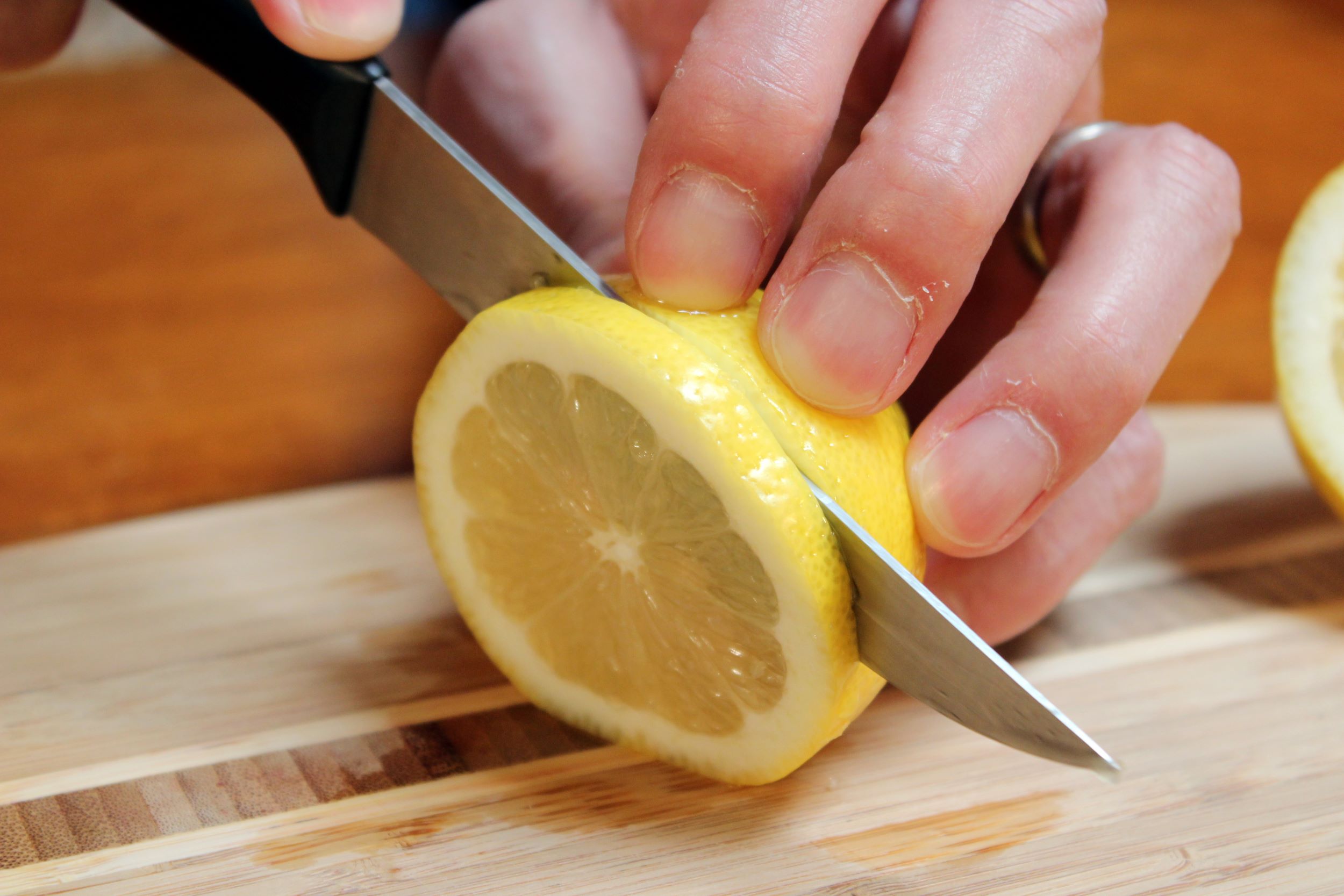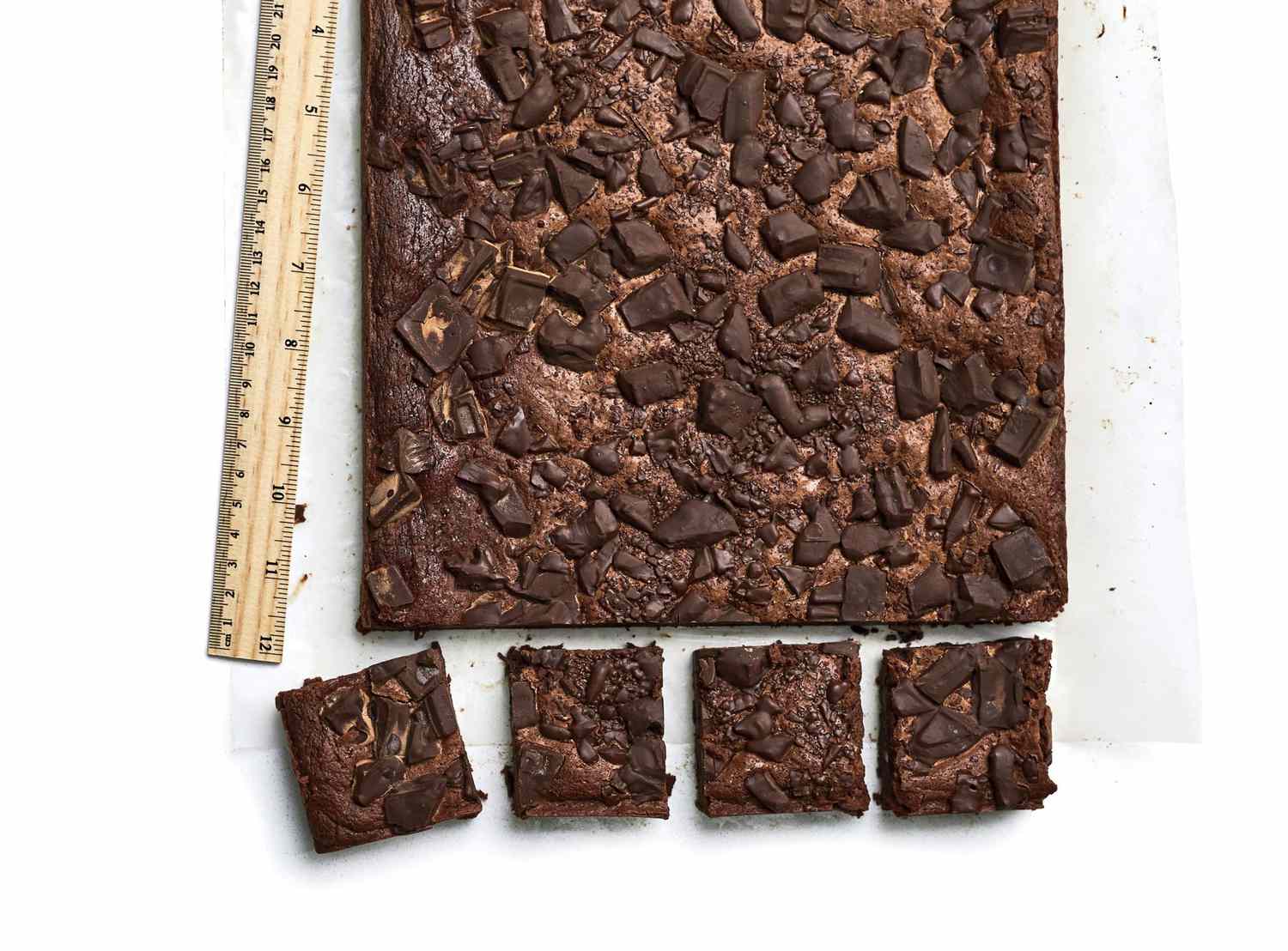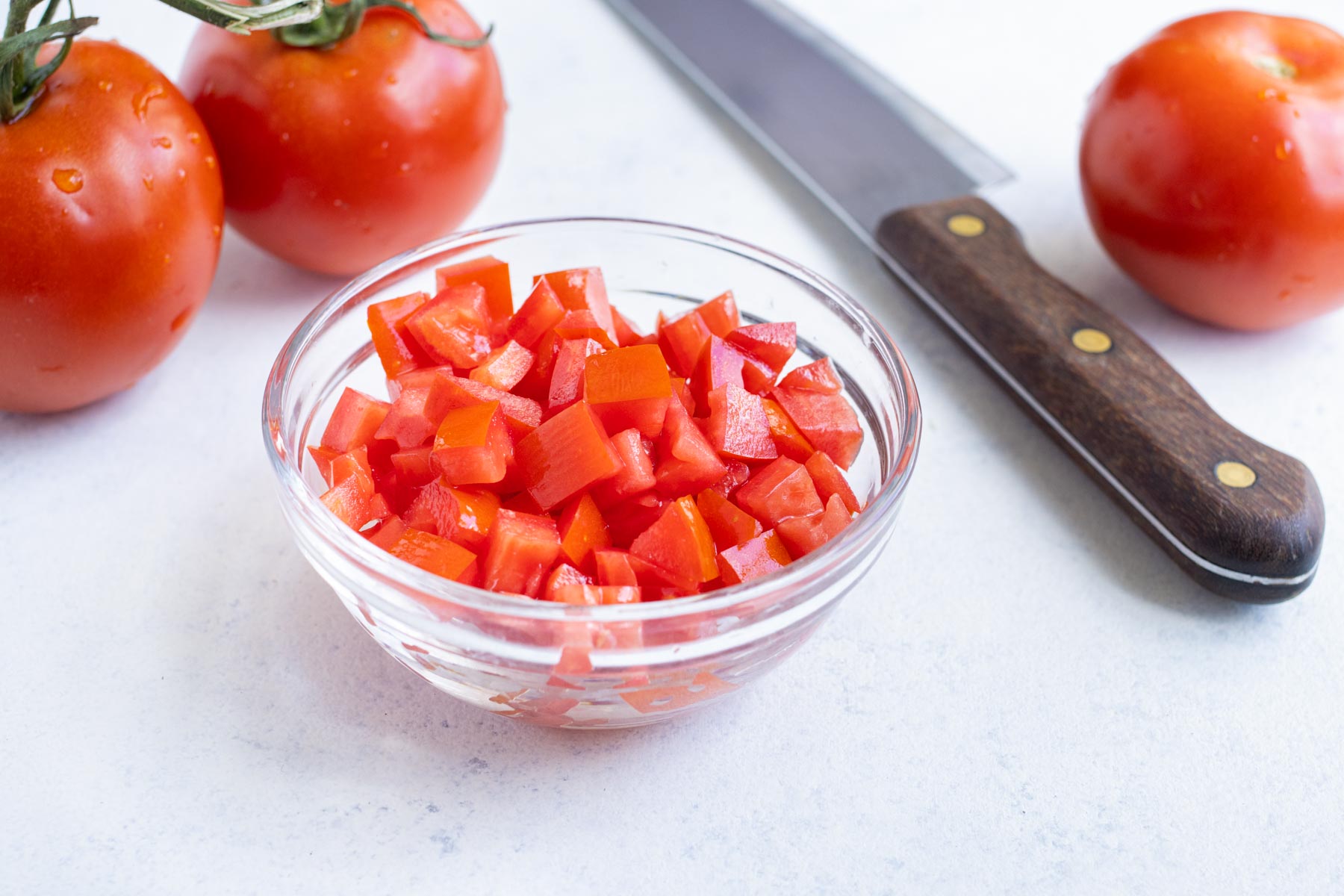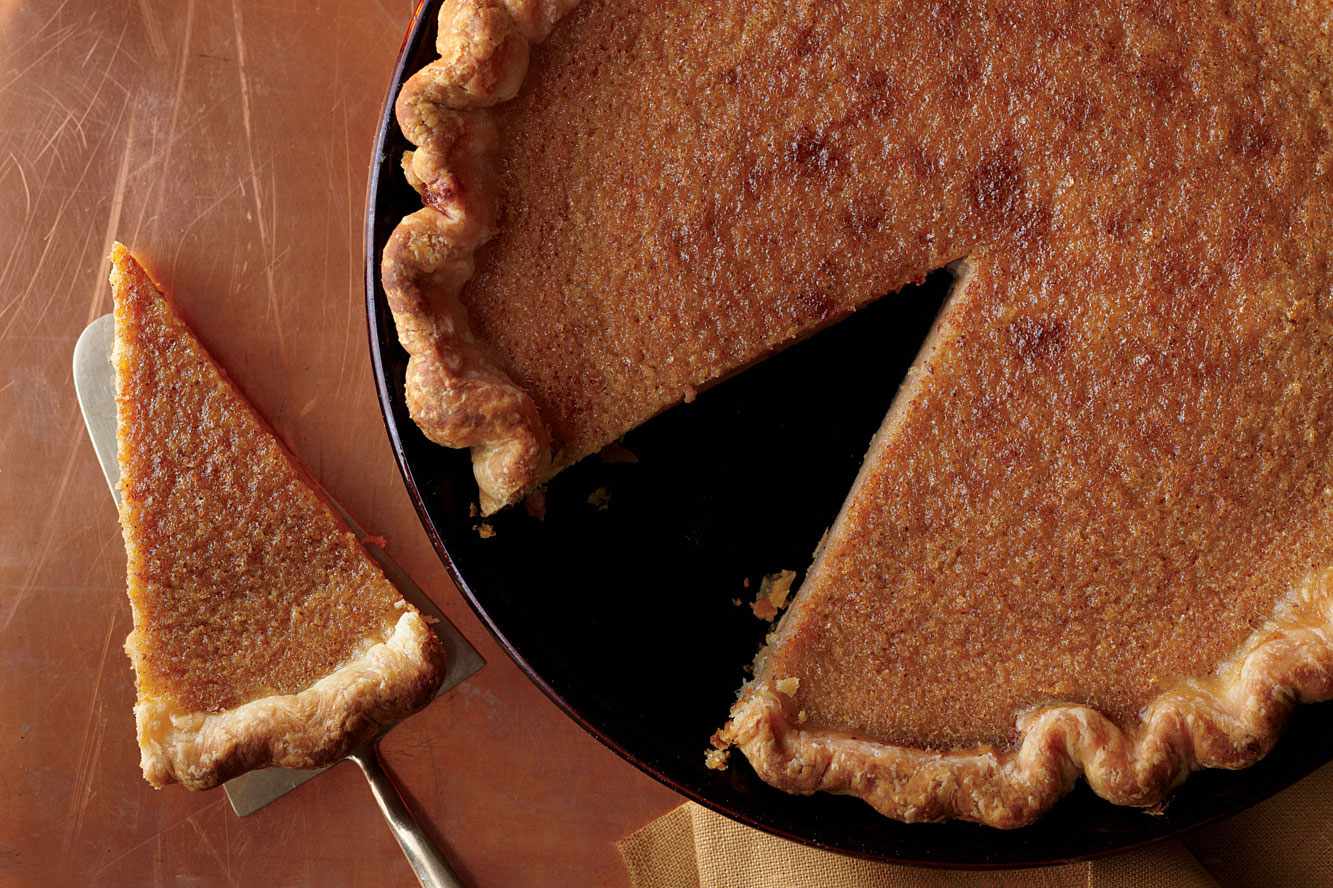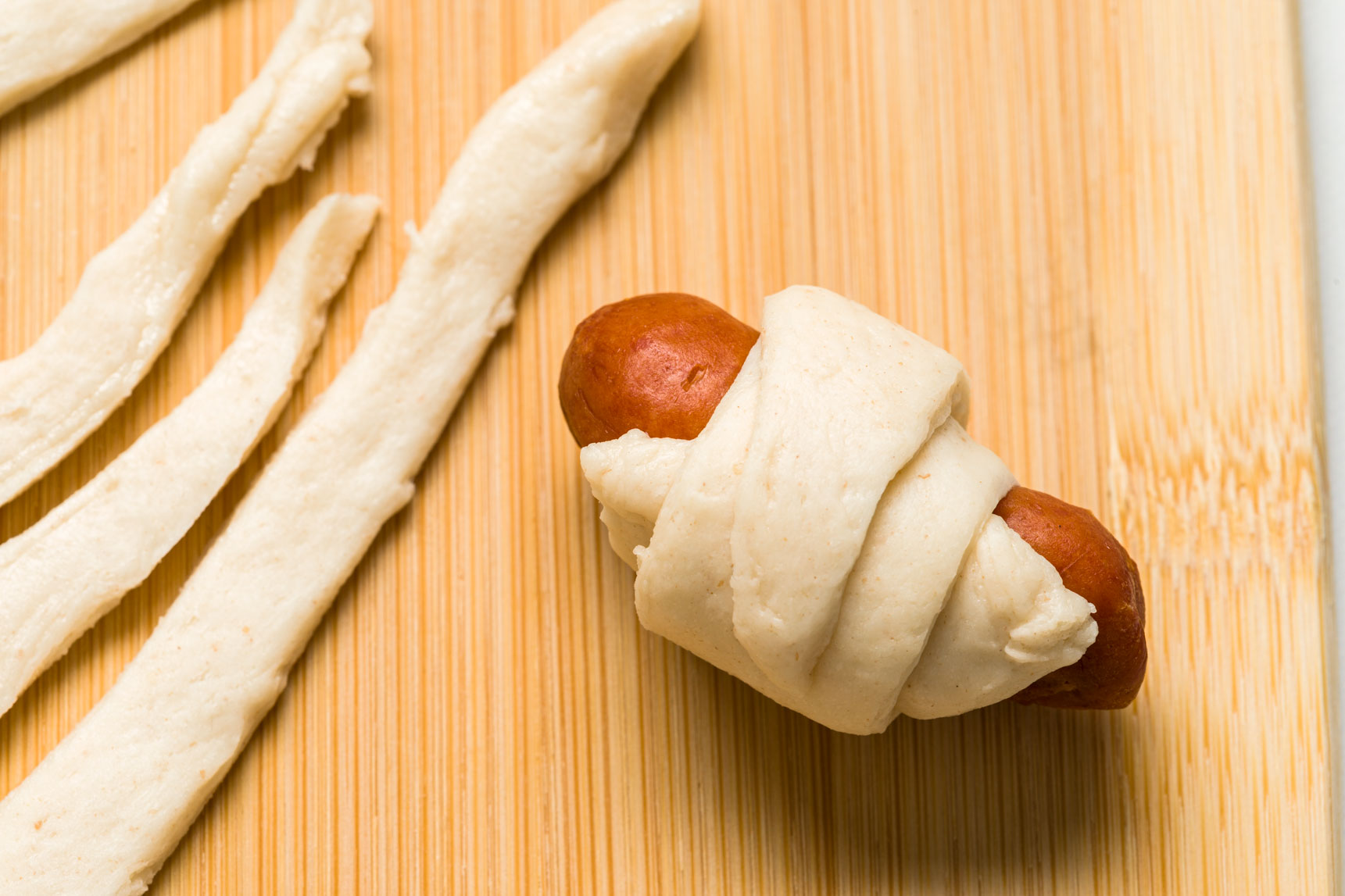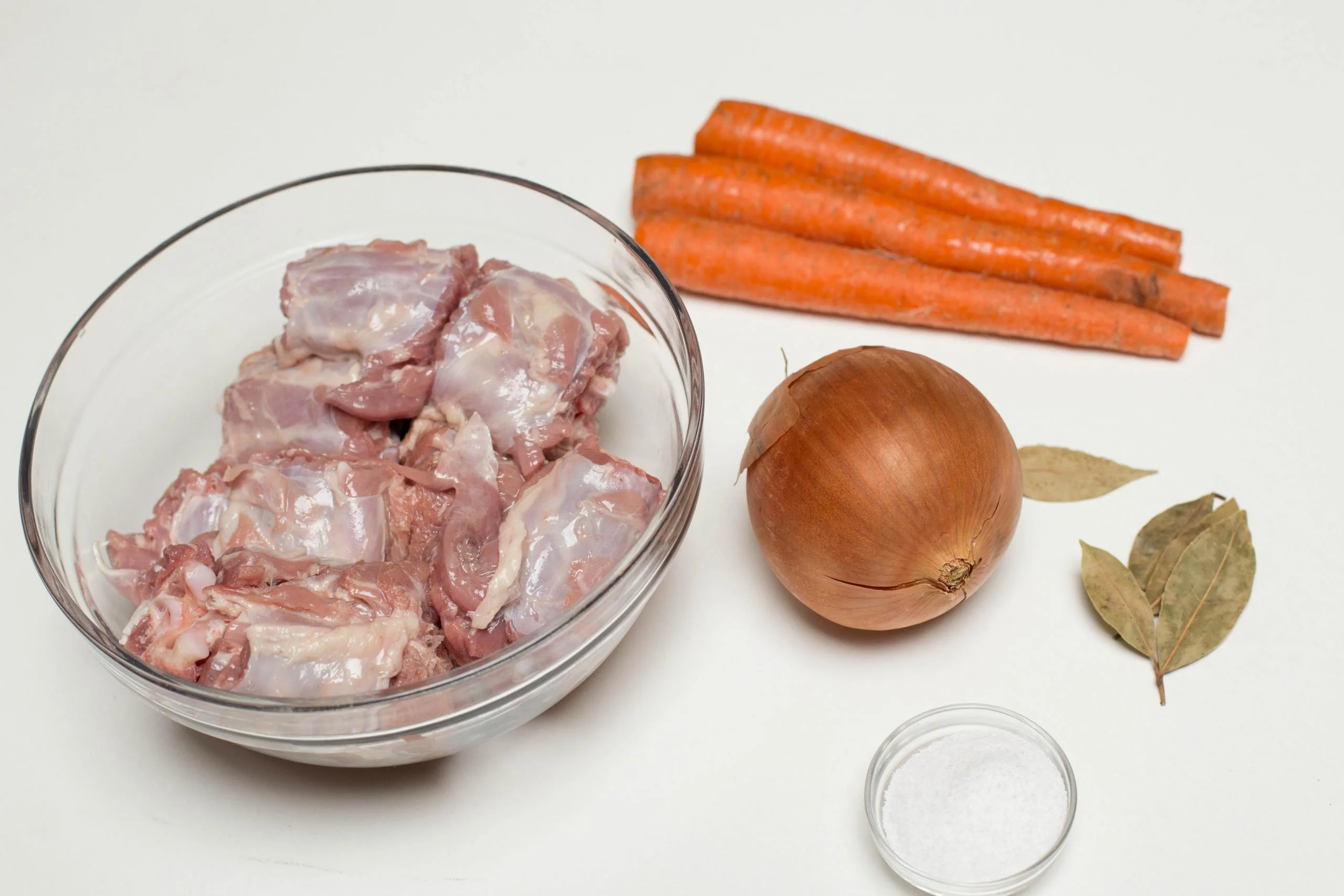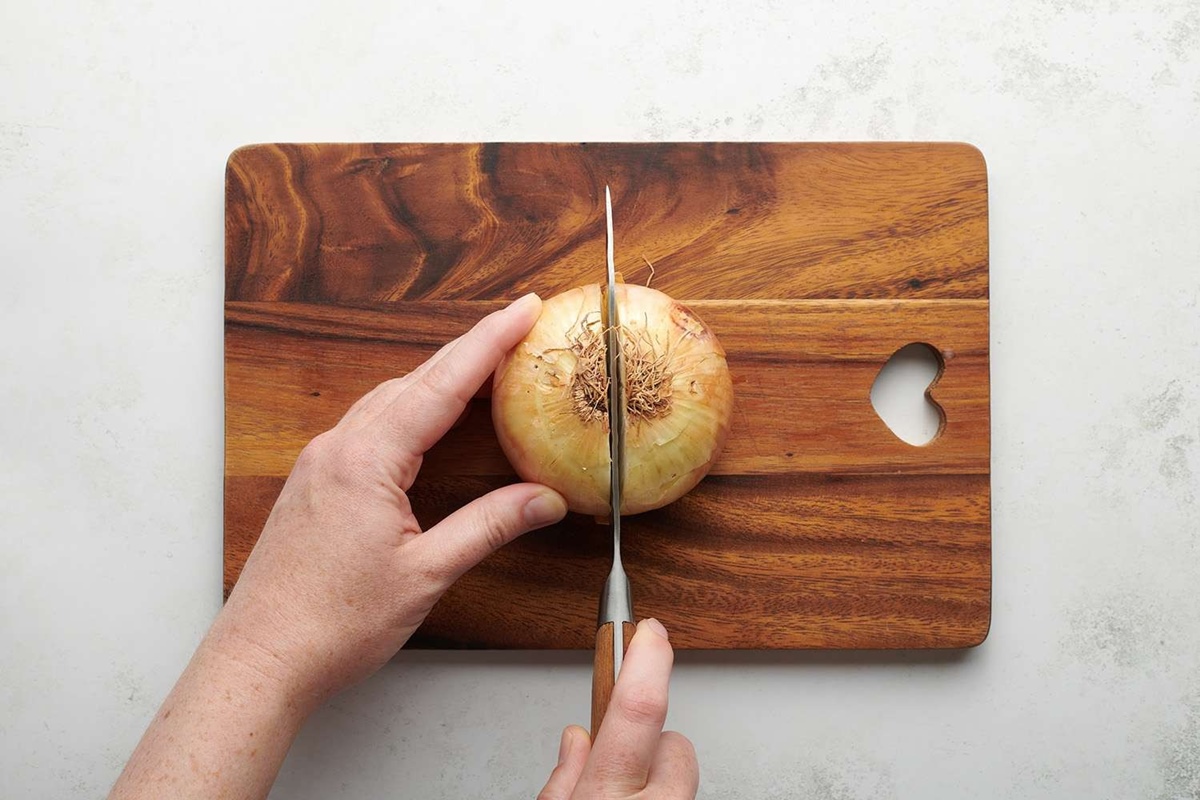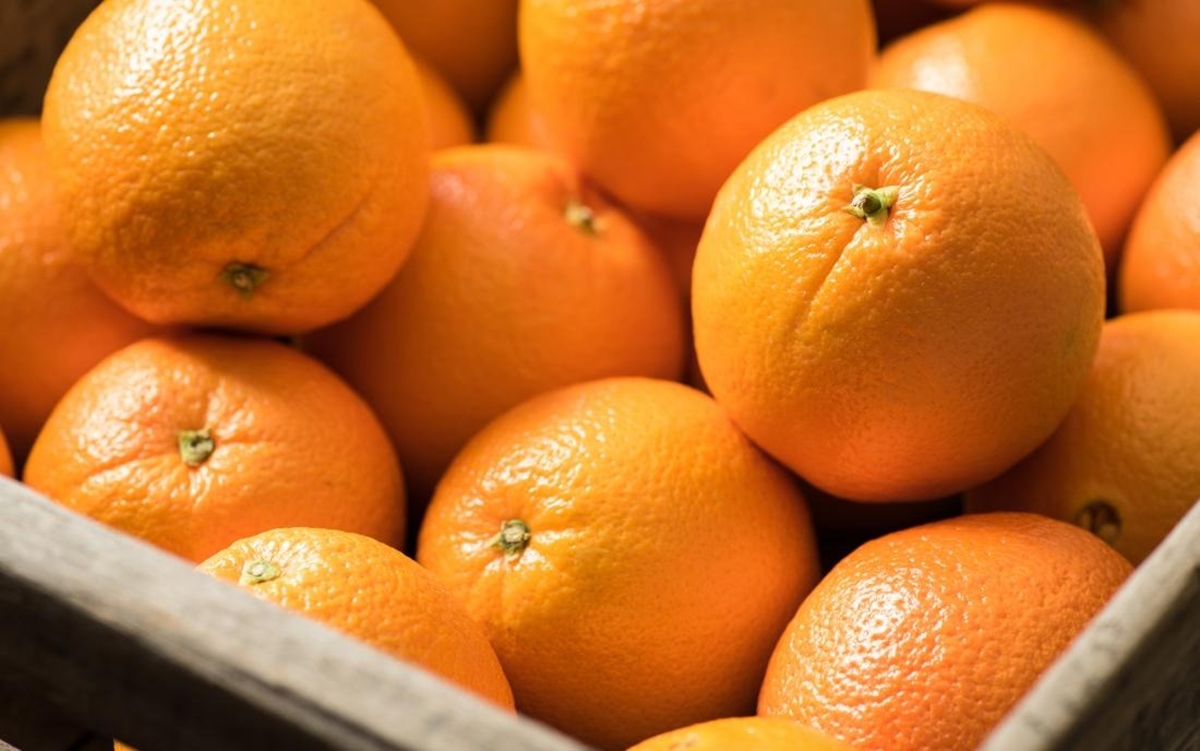How To Cut Vegetables For Stir Fry
Are you a fan of delicious and healthy stir fry dishes? If so, then knowing how to cut vegetables for stir fry is an essential skill to have in your culinary repertoire. Properly cutting your vegetables not only affects the presentation of your dishes but also ensures an even cooking process and enhances the overall flavors. In this blog post, we will guide you through the steps of cutting vegetables for stir fry like a pro.
Gather Your Ingredients:
1. Vegetables: Start by selecting a variety of vegetables that will complement your stir fry dish. Go for colorful options like bell peppers, carrots, broccoli, snow peas, bean sprouts, and mushrooms.
2. Cutting Board and Knife: Ensure you have a spacious cutting board and a sharp knife. A chef’s knife or a santoku knife would be ideal for clean and efficient cuts.
Preparation Techniques:
1. Wash and Dry: Before cutting, wash your vegetables thoroughly under cold running water to remove any dirt or debris. Pat them dry with a clean kitchen towel or paper towel to prevent excess moisture.
2. Remove the Skin: Depending on the vegetable, you may need to peel or remove the skin. For example, carrots should be peeled, but bell peppers do not require skin removal.
3. Slice or Dice: The technique for cutting vegetables will depend on the desired shape and size. Here are some common cutting techniques:
- Julienne: For long, thin strips, cut the vegetables into matchstick-like pieces. This works well for carrots, bell peppers, and snow peas.
- Dice: For small, even cubes, slice the vegetables into thin slices first, then cut them into small squares. This technique is suitable for onions, mushrooms, and broccoli florets.
- Slice: For larger and thicker pieces, cut the vegetables into slices. This works well for zucchini, eggplant, and bell peppers.
4. Separate Stems and Leaves: When using vegetables like broccoli or bok choy, separate the stems from the leaves. Slice the stems thinly for a tender texture and chop the leaves for a quick wilt when added to the stir fry.
Final Tips and Tricks:
1. Consistent Size: Aim for uniformity in size when cutting your vegetables. This ensures they cook evenly and have a consistent texture.
2. Quick Blanching: Some vegetables, like carrots and broccoli, can benefit from blanching before stir frying. This process helps retain their vibrant color and crispness.
3. Stir Fry Order: Keep in mind that different vegetables have different cooking times. Start by stir frying harder and longer-cooking vegetables like carrots and peppers, then add in softer ones like mushrooms and bean sprouts towards the end.
4. Seasoning: Don’t forget to season your stir fry with soy sauce, garlic, ginger, or any other spices and sauces of your choice to enhance the flavors of your vegetables.
Now that you know how to cut vegetables for stir fry, you can take your stir fry dishes to the next level. Experiment with different combinations of vegetables, sauces, and seasonings to create a variety of flavorful and nutritious meals. Happy cooking!
Was this page helpful?
Read Next: How To Cut Seared Tuna
Abby Marcelino
Abby is a writer, editor, and a fan of ASMR mukbang and cooking videos. Her family has been in the food industry for years and she has been working for their business as a part-time quality assurance officer and content creator. She is addicted to all things dairy and carbs, most especially cheese and bread.
